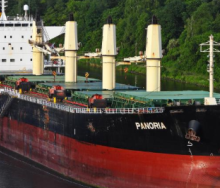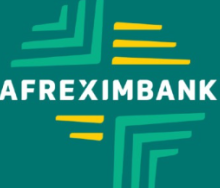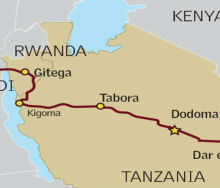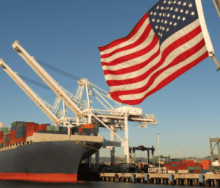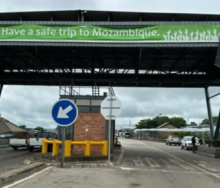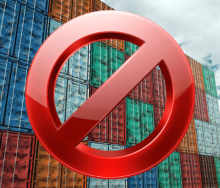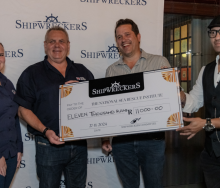Transnet Port Terminals (TPT) has said it is looking at interventions to alleviate the current backlog of trucks accessing Pier 2 at Durban Container Terminal (DCT) where a buildup of harbour carrier traffic and related industry frustration have led operators to vent their anger at the logistics utility.
According to the state-owned entity (SOE), one of the interventions includes the allocation of five areas for additional container stacking, which could eliminate the need for a truck slot booking system, the principal source of much resentment and recrimination among transporters.
Earle Peters, managing executive for Durban Terminals at TPT, said: “We are looking at facilities within the port precinct that can fulfil the same role and function as Pier 2. Transporters will be able to fetch containers at their leisure and convenience, without the need of a booking system.”
Jabu Mdaki, who is the chief executive of TPT, said more detail about additional space allocation for the container congestion often experienced at Pier 2 would soon be shared with industry.
It’s not clear whether the intervention, which a harbour carrier said last week could alleviate container movement challenges at Pier 2, is part of discussions TPT and industry will hold on Thursday to find answers to trade impediments at DCT.
Peters dismissed charges that the Navis booking system was rigged in favour of certain harbour carriers, and that it was central to the slot chaos carriers often complained about.
“There is no issue with bookings from a system perspective,” he said.
“It is used by 66 other ports globally, whereby the flow and control of containers is regulated throughout the port system.”
Peters said the entry of more transporters into the industry had diluted a service provider base that used to be a lot more concentrated in favour of a few harbour carriers.
“Currently, there’s more opportunity for new beginners in the market to also move containers on the landside. In the past, there would be one trucking company moving 400 containers in a week. Now the same transporter is doing a third of that volume.
“We are not making bookings in order to defend a competitive advantage in the market. We are making it accessible for everyone to access the terminal in order to do business with us and, as a result, more transporters have entered the system.”
Peters said harbour carriers should work together for an equitable distribution of available demand and supply.
As for the accusation that the system is exploited to favour some carriers over others, Mdaki said: “We take it very seriously and are looking at the Navis system to see if there is an unusual pattern where some companies are favoured above others.”
- This is the first part of an interview conducted with Mdaki and Peters. On Tuesday, August 6, Freight News will report on TPT’s interventions to lessen the impact straddle carrier breakdowns have on container movement and stacking.

